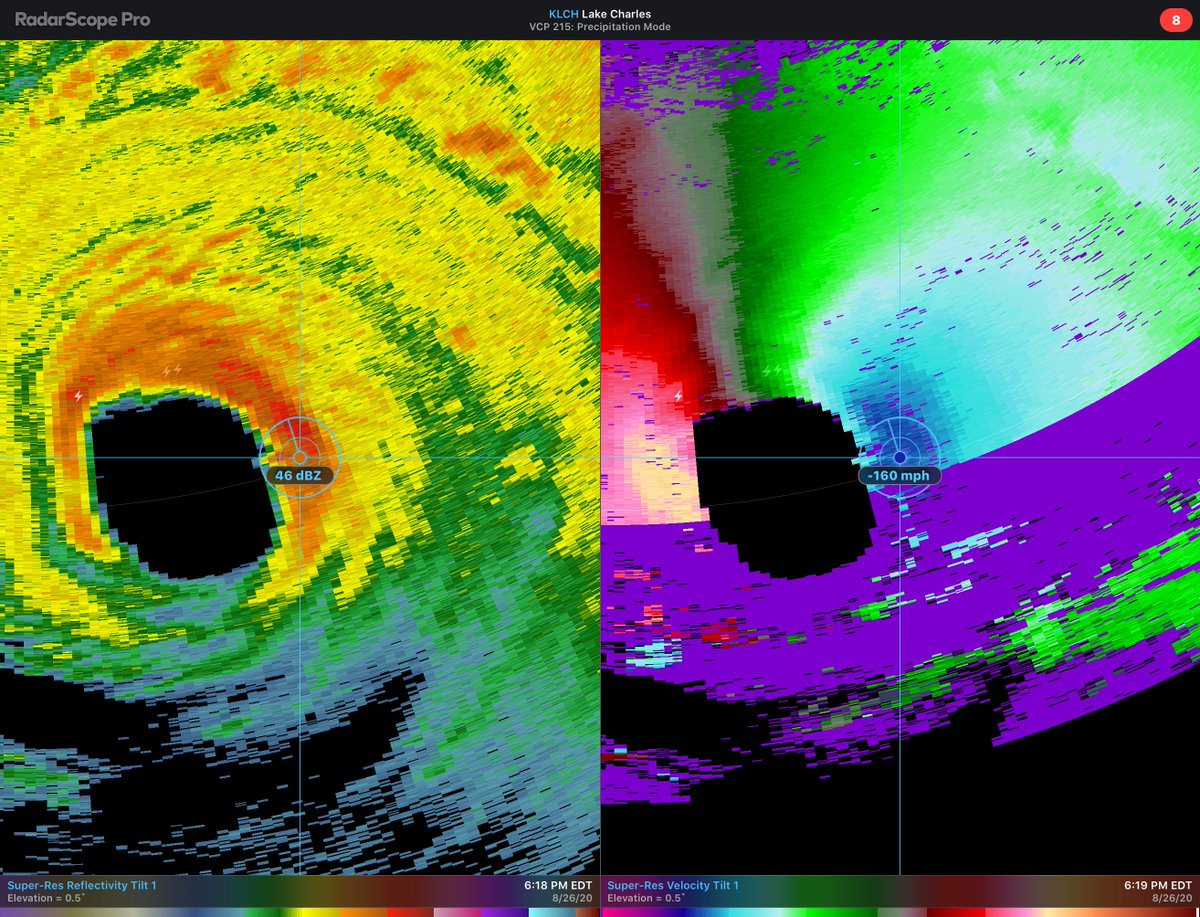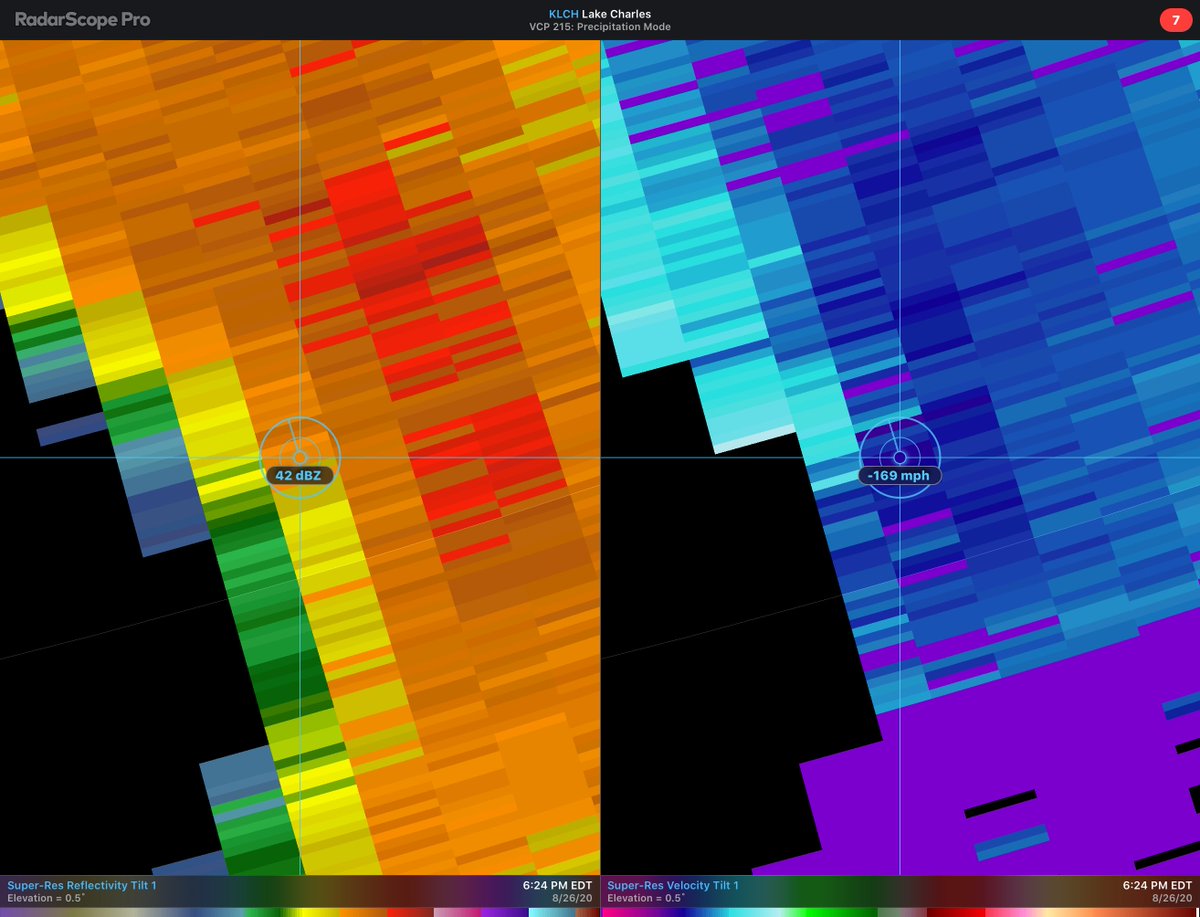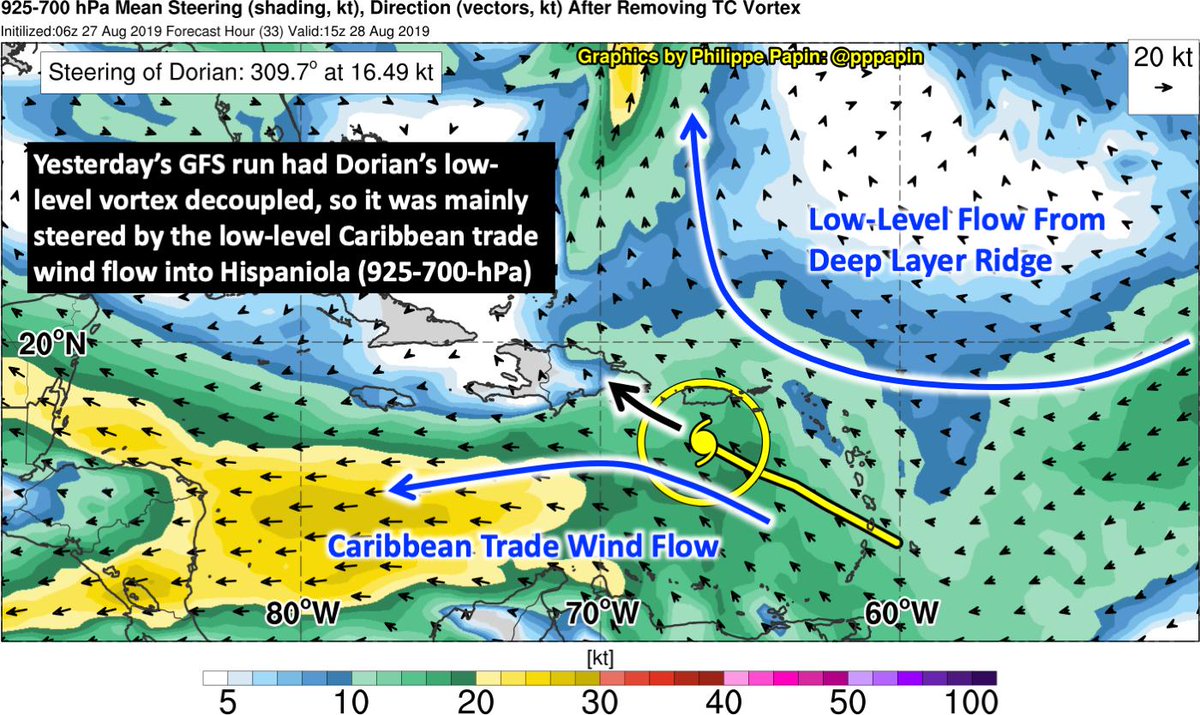
A June African Easterly Wave (#AEW) is getting ready to emerge off the African coast. While it is quite early in season, there are a couple of factors worth monitoring w/ this system over the next week I'll try to briefly describe --
Image source: @Weathernerds
Image source: @Weathernerds
As this wave propagates westward, a convectively coupled kelvin wave (#CCKW) is propagating eastward & could result in anomalous favorable environmental conditions across the MDR as it passes across over the next week.
Image source: ncics.org/portfolio/moni…
Image source: ncics.org/portfolio/moni…

In addition, we had a helpful "sacrificial" lead off system earlier that helped to moisten upstream environment. There has been good literature looking at the importance of the upstream wave environment moisture for ultimate development.
Image source: @TropicalTidbits
Image source: @TropicalTidbits
Another factor worth mentioning is that sea-surface temperatures (SSTs) in the main development region (#MDR) below 15N are already above 26 C & running a good 1-2 C above average across a large area for late June.
Image source: coralreefwatch.noaa.gov

Image source: coralreefwatch.noaa.gov


Okay one plot comparing 200-hPa velocity potential forecast to last year (June 2021).
If you are feeling some #DejaVu, you are not alone. The kelvin wave signal on hovmoller not as strong now, but distinct large-scale similarities w/ 2021.
Source:lab.weathermodels.com/models/ecmwf/e…
If you are feeling some #DejaVu, you are not alone. The kelvin wave signal on hovmoller not as strong now, but distinct large-scale similarities w/ 2021.
Source:lab.weathermodels.com/models/ecmwf/e…
Anyway this is a lot of stuff to digest for a signal that is still beyond 5 days out. Only a curiosity at this point in time.
Also typically better to highlight large-scale signals rather than get caught up w/ particular model solutions at this time frame. More later.
-- fin
Also typically better to highlight large-scale signals rather than get caught up w/ particular model solutions at this time frame. More later.
-- fin
• • •
Missing some Tweet in this thread? You can try to
force a refresh









